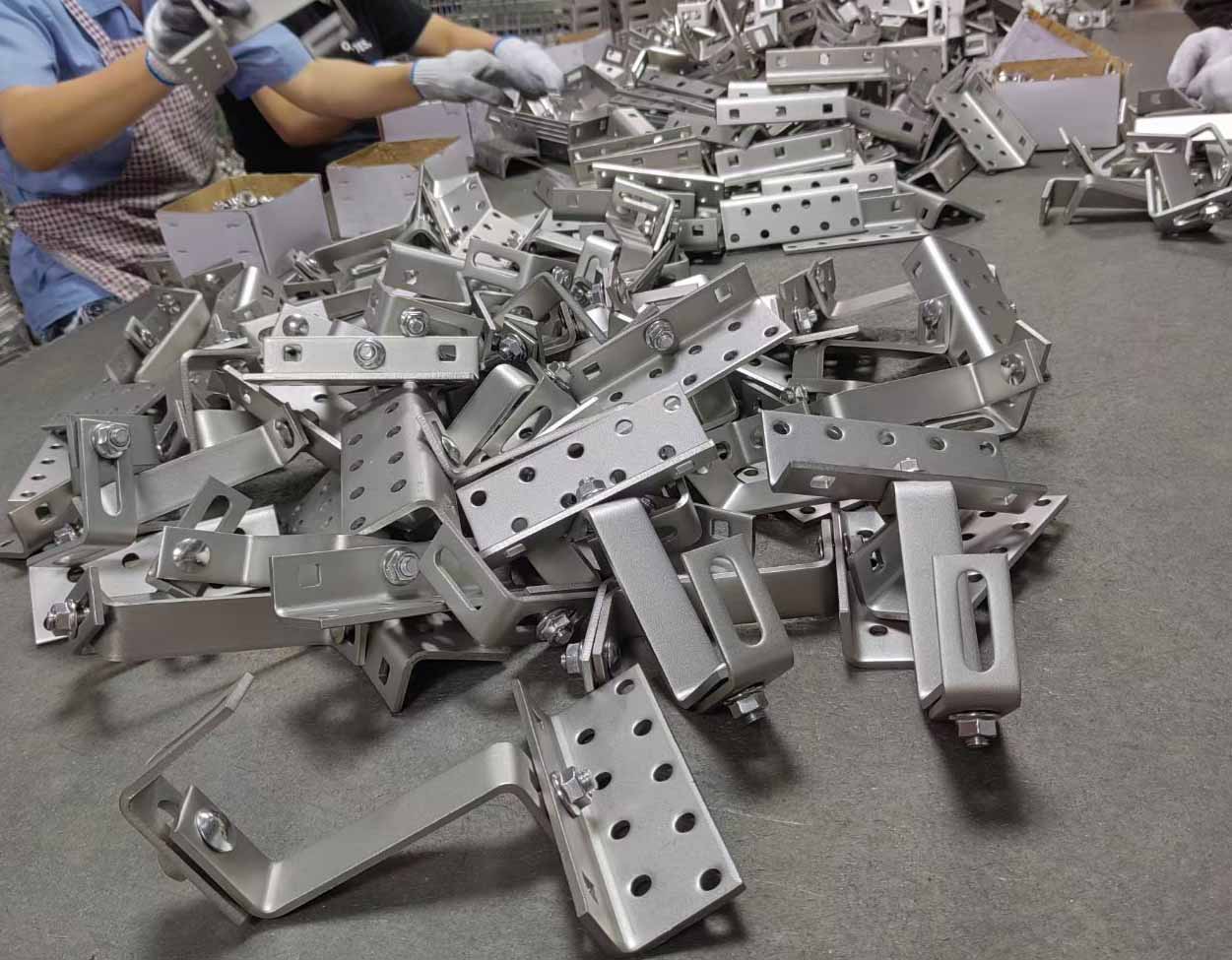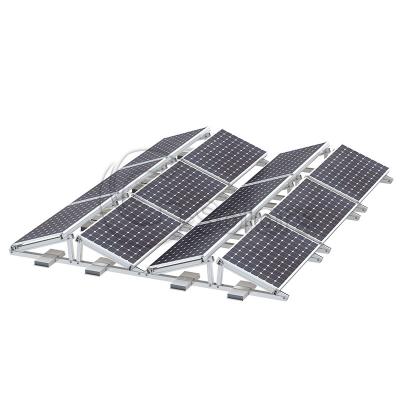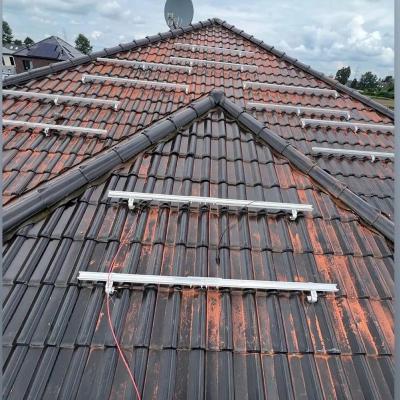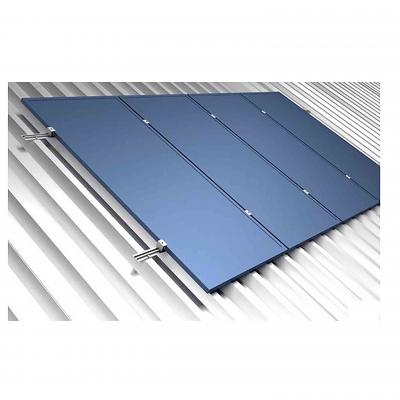Solar panels are typically mounted to a roof using a combination of mounting hardware and equipment. The process may vary depending on the specific type of roof (e.g., sloped, flat) and the mounting system being employed. Here is a general overview of how solar panels are mounted to a roof:
Roof assessment: Before installing solar panels, it's important to assess the roof's condition and suitability for solar installation. Factors such as structural integrity, orientation, shading, and available space will be considered.
Mounting system selection: Depending on the roof type and installation requirements, different Solar mounting systems can be chosen. Common options include roof mounts (e.g., flush mounts, tilt mounts), ground mounts, and pole mounts. Consult with a professional or solar installer to determine the most suitable option for your specific situation.
Flashing installation: Flashing refers to the waterproof barriers installed around roof penetrations such as vents, chimneys, or electrical conduits. These prevent water leaks. When installing solar panels, additional flashing may be required to ensure a watertight seal where the racks or mounts attach to the roof.
Solar Racking installation: Solar Racking serves as the framework that supports the solar panels. The racking system is typically made of aluminum or stainless steel and is installed directly onto the roof or attached to the roofing structure. The panels are then mounted onto the racking system.
Panel installation: Once the racking system is securely installed, solar panels are mounted onto the racking using brackets, clamps, or other mounting hardware. The panels are positioned and secured according to the manufacturer's instructions, electrical codes, and local regulations.

Electrical connections: After the panels are mounted, the electrical wiring is connected. This includes connecting the panels to each other and running the wiring from the panels to the inverter, which converts the generated DC (direct current) electricity to AC (alternating current) electricity for use in your home or to be fed back into the electrical grid.
Inspection and permits: Once the installation is complete, it may be necessary to have an inspection by a qualified professional to ensure everything meets the required standards and regulations. Additionally, check with your local authorities to determine if any permits or approvals are needed before installing solar panels.
It's important to note that the installation process can vary depending on factors such as the type of roof, local regulations, and the specific mounting system used. It's recommended to consult with a professional solar installer to ensure a safe and efficient installation that complies with all applicable guidelines.





 en
en es
es pt
pt ar
ar hr
hr ro
ro










 IPv6 network supported
IPv6 network supported